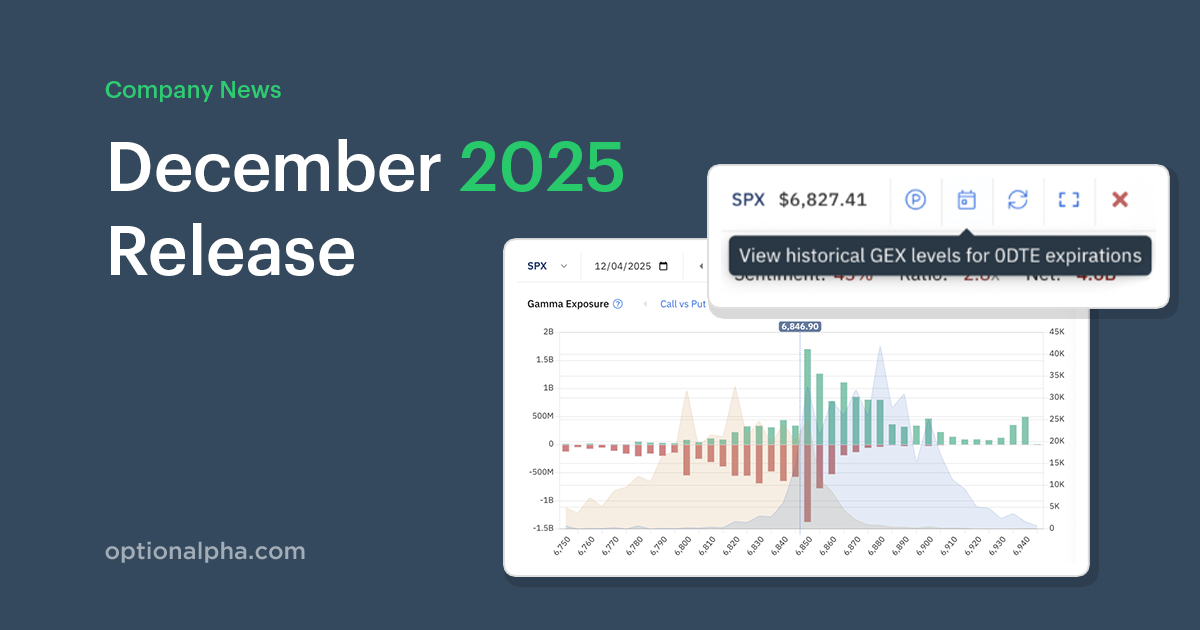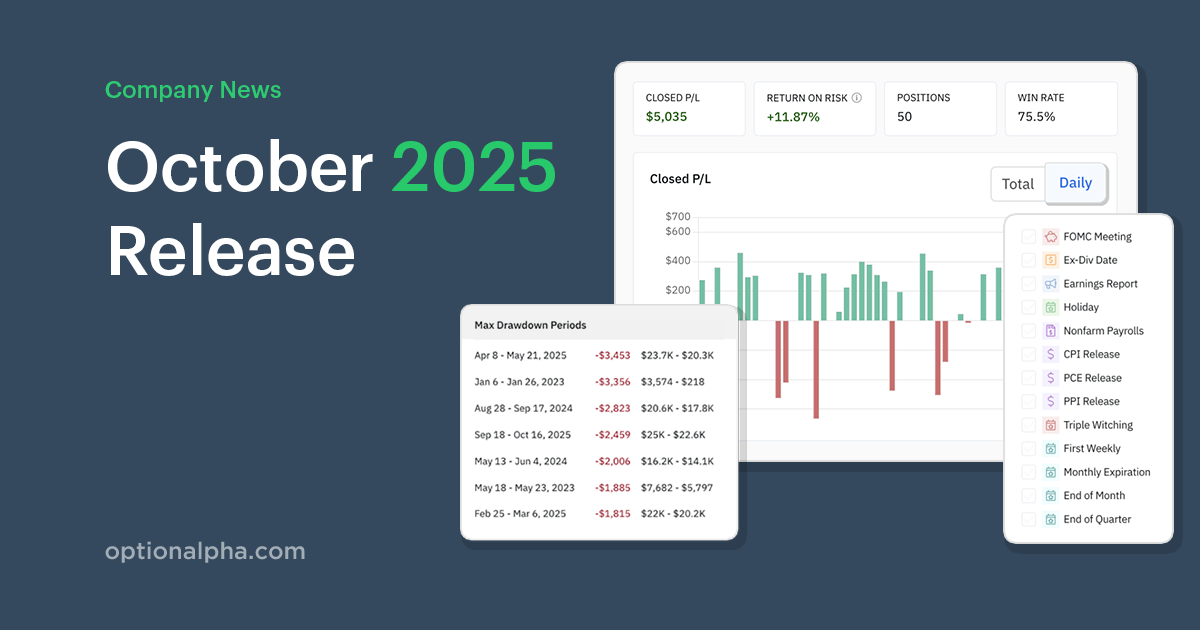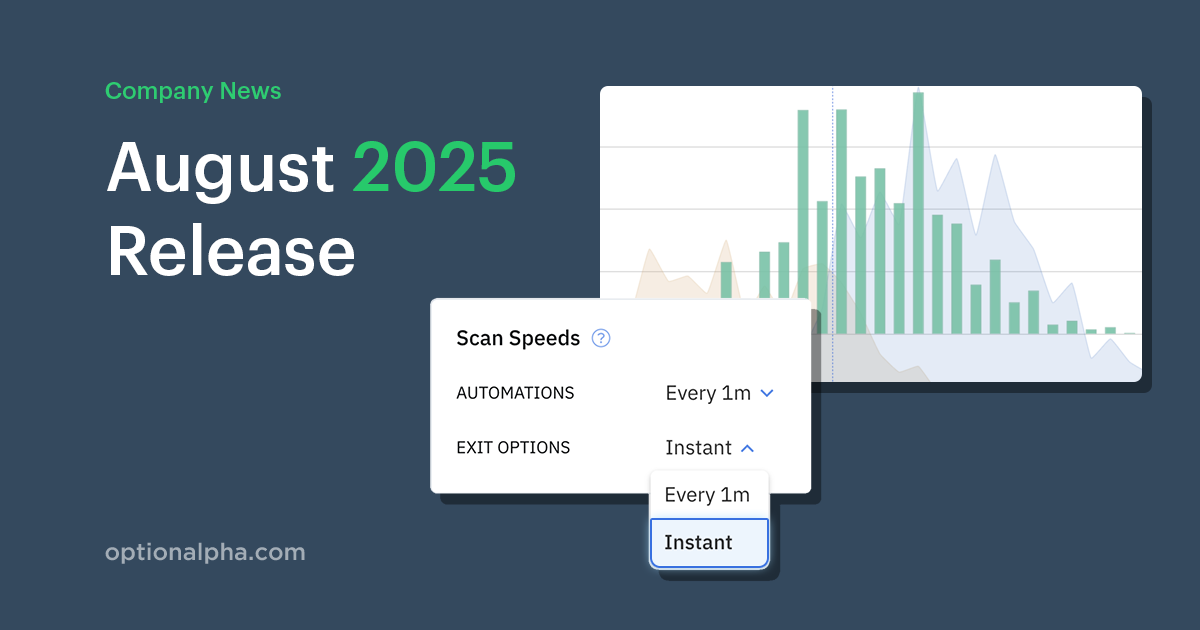Stock charts are a strange beast – they confuse and seduce new traders in equal measure, and there are a lot of myths built around how good they are and what they can do for us as traders. Their visual appeal seems to somehow blind us, and we start to think that if we got better at reading the charts, then we could become better predictors of the future.
I’m going to make a really bold prediction – that stock charts are going to die a death in the not too distant future and that we will continue to trade just as profitably once they are gone! I say you should never look at a stock chart again. Personally I’m looking to remove them from my own trading system altogether.
Why Are Stock Charts So Appealing To Traders?
Unfortunately, I’ve seen it many times, where new traders feel that somehow having an easy to use, visually attractive chart, with lines on it, provides a magic formula for making winning trades and is somehow a shortcut to doing the proper research and working out the math.
It’s just not that simple. The patterns need to be taken in context with the psychology of the traders who made all those moves in the past. Also, the global nature of markets make stock charts even more unreliable because your stock can be affected by assets you don’t even track.
For charts to cover all aspects, they would become incredibly unwieldy and complex and you’d end up wasting all your time just trying to work out what they mean.
Are There Any Benefits To Stock Charts?
Sure there are! For one thing, they are pretty nice looking and the colors and bars make it easy to see clearly what is going on in the market, right? For a beginner investor it is a GREAT way to get involved with trading. Studies are a huge driver in our visual world of understanding. There are thousands of technical analysis studies out there and we’ve covered some of the best ones in detail on this blog: 13 Stock Chart Patterns that You Can’t Afford to Forget.
However, for all that studies measure and do for trading as a whole, they still fail to produce profitable traders. Why is that? The fact is, they are nice, but you can trade perfectly well without them.
Finding Meaning From Past Events
You see, both stock charts and technical analysis studies are data plotters – they use historical data plotted out on a graph. With stocks it could be pricing data, or with technical analysis it could be the overbought and oversold ranges.
However, what happened in the past is not necessarily a reliable predictor of what the possible future movements of the stock might be. The foundation of such analysis – using past performance as a guarantee of expected future results – is in itself flawed, since historical patterns won’t necessarily hold in the future.
One thing you quickly learn when trying to predict the future using stock charts and technical analysis is the fact that major events completely disrupt such analysis immediately. Technical analysis couldn’t be used to predict a sudden economic crisis, or a massive problem with a company reputation which hits stock, for example.
I firmly believe we need to move on from these historical figures and start to use forward-looking information. I also reiterate my initial prediction – a few years from now most stock charts will be obsolete for the retail trader.
On Wall Street, the major traders don’t use charts – they trade lots of small positions and work the probabilities. Probability figures and implied volatility are both forward-looking data points that help determine future moves and ranges. What so many traders seem to have trouble understanding is that the move can go in either direction. Besides, picking the right direction is not as cool as being profitable!
Profitable Trading Is In The Numbers
Options trading has always been and will always be a game of numbers – balancing the risk management and the probabilities. Charts be damned -- the average trader will learn the hard way eventually that stock charts don’t help them make money. While the charts may be a lot more visually appealing than say, working out a risk management process, charts will not help to preserve a trader's profit when the market moves against them. The risk management process will.
So I urge you to test this out for yourself. Try NOT to look at another stock chart for just one day and see if you can still decipher a great trade setup from a poor trade setup. If you can, then ask yourself why you are wasting all that time interpreting charts!
I’m sure you’ll surprise yourself with how fast and easily you can spot good trades using probability and risk management processes, and you will never need to look at another chart again.




.png)









